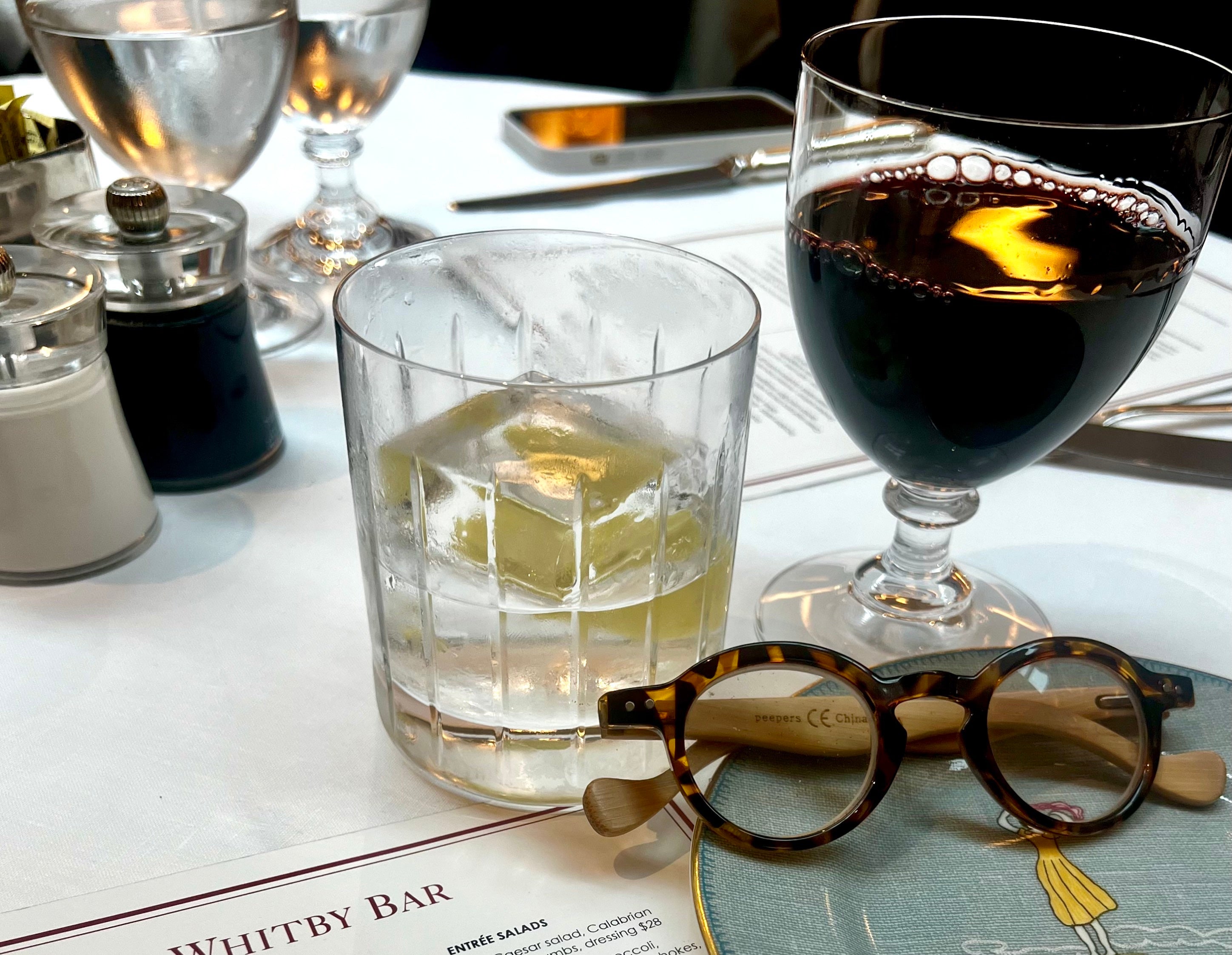Food & Recipes, Kitchen Hacks, Tabletop
The Essential 5: Must-Haves Knives for your Kitchen
Make your kitchen functional and safe with sharp knives that can get the job done!
Maybe you’re thinking it’s time to get a nice block of knives for the kitchen. I couldn’t agree more. MOST kitchens need an upgrade. But let me put a stop on snagging those knife sets you see on special at the department store (usually on sale). You know the ones I’m talking about: the nice wood block set with eight or more knives, kitchen scissors, and steak knives to boot. Save your money. Those sets are a complete waste.
It’ll be better to purchase what a chef would get: what I call “the essential 5”—everything you need to get just about any job done in the kitchen. Watch my video so you can see what these look like and how they handle.
Most important is what we call a “chef’s knife.” They come in different lengths. I recommend a size between 8” and 10”; mine has an 8” blade. However, the more blade you have, the more knife there is to work with. This knife can deal with about 90% of what you do in the kitchen, including slicing and dicing. I wouldn’t use a chef’s knife for butchering or cutting up poultry or even to remove the skin of large hard vegetables like butternut squash. You’d never use a knife like this to punch a hole in a can, either. A good chef’s knife will probably be the most expensive one in your set–maybe close to $100 for good quality. Things to look for: full-tang (one piece of metal with the two handle pieces); pins that hold the handle to the tang (not glued into the handle). Why is “full-tang” important? It gives you a more balanced, longer lasting knife, and it’s heavier than cheaper partial tang knives. The weight gives you a little more chopping strength when you have to cut through firm veggies like carrots and squash.
A decent paring knife with a blade about 3” to 3 ½“ long. Paring knives are used for those tasks that need more attention to detail like mincing garlic cloves or peeling fruit. They won’t do you much good for cutting carrots or parsnips, that’s what your heavier knives (e.g., chef’s knife) are for. You don’t need to spend a lot on this knife – maybe $20. By the way, remember this all-important safety rule: the right blade does the job efficiently. If you have to use a lot of force, it’s a signal that you’ve got the wrong knife. Be very careful because your knife may slip out of your hand.
Serrated “trimming” knife with a blade length of about 6”. This knife is great for smaller loaves of bread, and they’re great for things with slick surfaces like tomatoes, watermelon, citrus, and peppers. You can even use them on layer cakes! Use your 6” serrated trimmer when you need to slice with a sawing motion. Do not use it for chopping and definitely not smaller items like fresh herbs, garlic or berries. A good quality one will cost around $30-40. If it goes dull, just replace it; they’re challenging to resharpen without losing the serrated edge. Look for teeth that aren’t too big (it’ll tear up soft interiors) or too small (not so efficient).
The last actual knife is a boning knife. Boning knives are not used to cut THROUGH bones, we use them to cut AROUND them. It’s the best blade for cutting up or boning fish, meat or poultry of any size. This is the one knife not designed to cut a straight line but one to cut “around” things like joints or a ribcage. Good ones have a bit of flex to the blade which will allow you to separate the meat from the bone and it will cut through joints and cartilage. A decent boning knife will cost about $30, but if you plan to give it some heavy use in your kitchen, you may want to spend a bit more.
The last of the Essential 5: honing steel. It’s not a knife, but it’s essential to keep your blades sharp. A dull knife is the most dangerous tool in your kitchen. Knives should be honed every time you use them. It doesn’t actually sharpen the blade, it realigns the fibers in the metal, so they keep a sharpened profile. But don’t forget to get your knives professionally sharpened once a year. Honing steel can be used on any straight blade but never on a serrated knife. They’re very often included in a set, but if you’re buying it separately, they will cost about $25 – ceramic or steel.
Now you have “the essential 5”—go make something marvelous!
























